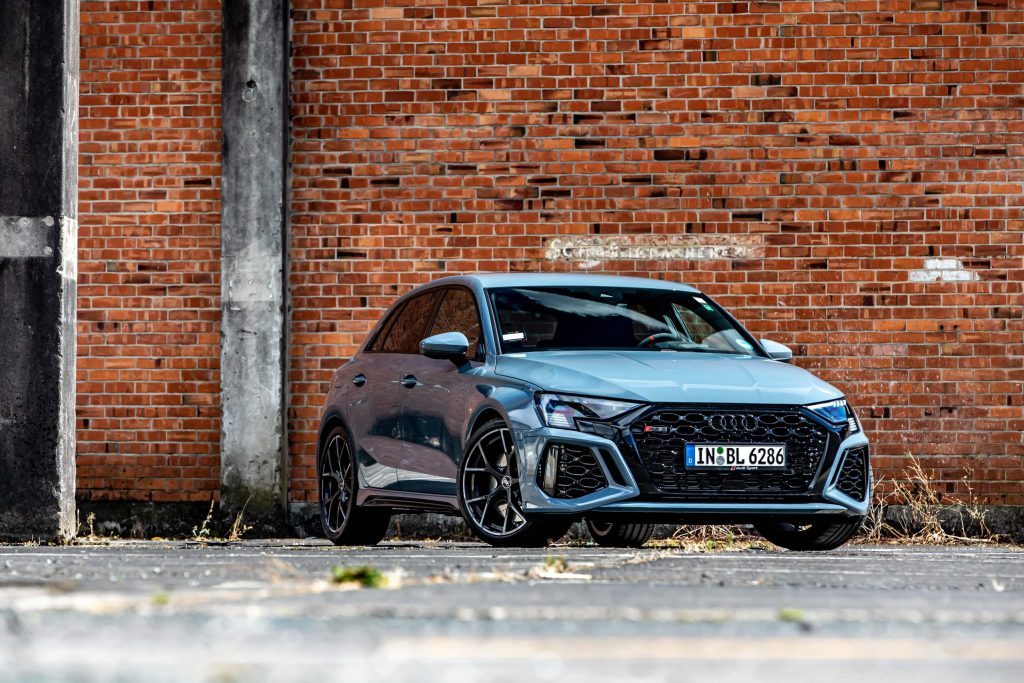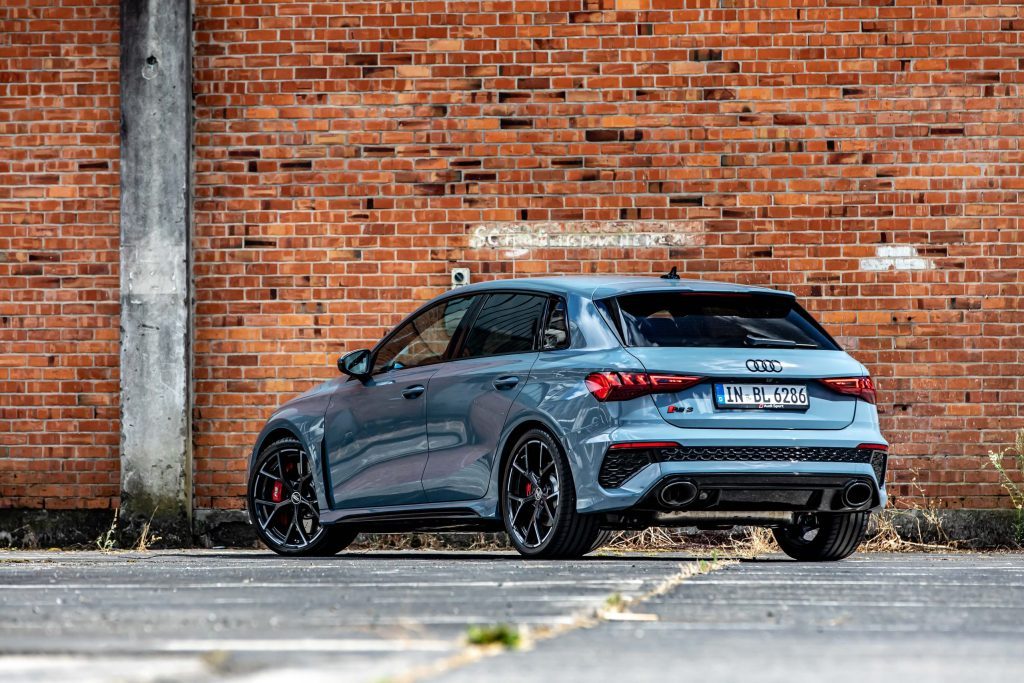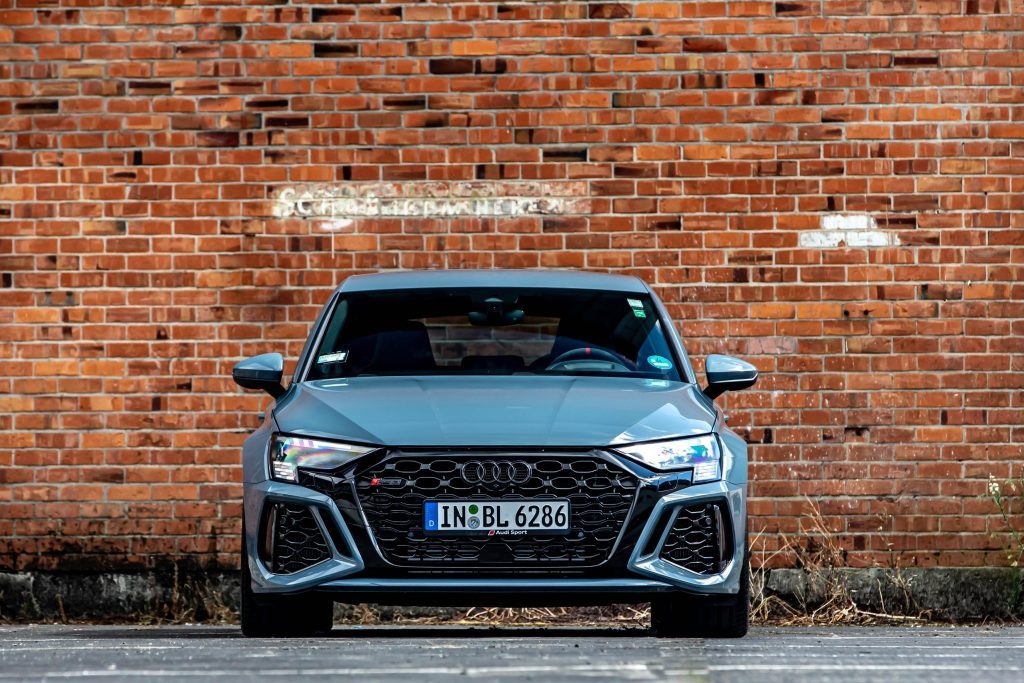Audi Sport models, which comprise all those with that little RS badge on them, have a keen following here in New Zealand. So much so that they constitute almost one-quarter of all Audi’s sales, and so New Zealand then has the highest share of RS sales in the world. It’s slightly illogical really given our roads, speed limits and the enforcement of the latter.
Anyway, RS sales totals will get a further boost this year with the imminent arrival of the new RS 3, the entry point to the Audi Sport world. Where the price of admission used to be a whisker under $100k, it has now increased to $112,500, but the offering is more complete too.

The car has a faithful following, nearly 400 of the previous generation models have been bought here, and that’s in spite of the arrival of the RS Q3 here during that time. SUVs now comprise 70 per cent of Audi sales, but there will always be a place for a proper hot hatch here. With the latest model now packing 294kW (the original had a mere 250kW) and 500Nm of torque, this is a serious performance weapon. It’s 51mm wider than the old car and 33mm wider than the current S3, and with its RS-specific front and rear ends, blistered front guards and side sills this looks the business. The new LED driving lights can perform a neat trick on start up, being able to spell out RS 3.
Along with bigger brakes (with improved cooling properties too), adaptive dampers and lowered sports springs, the RS 3 now has an active rear differential that can split torque left and right to help improve stability and reduce understeer. There is also a new RS Torque Rear drive mode that switches out the ESC and sends all the mumbo to the rear end to enable ‘controlled drifting’ for those that are game.

We mentioned the car had a good following, and that is evident in the 61 RS 3s that Audi NZ has presold to customers. None of those have seen the car in the metal, let alone driven one.
We had the briefest of introductory spins in a LHD model imported from Germany. Our drive was limited but we can say the five-cylinder still produces one of the unique sounds in motoring, and it has a great response in its midrange.

The seven-speed gearbox is both slick and quick when given a squirt and the sports seats, with their quilted patterning and red stitching, are as equally comfortable as they are supportive. The ride is rather civilised too, helped by the adaptive nature of the damping and the various drive mode settings. And the road noise on usual urban and motorway surfaces is subdued.
The first batch of cars destined for Kiwi owners arrives in March, and that’s when we’ll be able to give those new RS performance drive modes more of a nudge too. Can’t wait.


